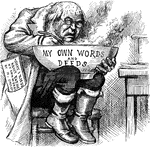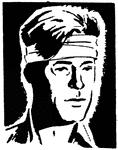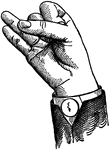
Indicated High Primary Back Glide
Glides are only transitional sounds. They are intermediate to Consonants and Vowels, combining the characteristics…

Indicated High Wide Back Glide
Glides are only transitional sounds. They are intermediate to Consonants and Vowels, combining the characteristics…
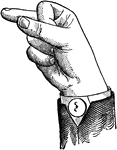
Indicated Mid Primary Back Glide
Glides are only transitional sounds. They are intermediate to Consonants and Vowels, combining the characteristics…

Indicated Mid Wide Back Glide
Glides are only transitional sounds. They are intermediate to Consonants and Vowels, combining the characteristics…

Indicated Low Primary Back Glide
Glides are only transitional sounds. They are intermediate to Consonants and Vowels, combining the characteristics…

Indicated Low Wide Back Glide
Glides are only transitional sounds. They are intermediate to Consonants and Vowels, combining the characteristics…

Ruth Gleaning in the Fields of Boaz
"Then said Boaz unto his servant that was set over the reapers, Whose damsel is this?And the servant…
Meadow Foxtail Grass
The Meadow Foxtail (Alopecurus pratensis) has an erect, smooth stem, two or three feet high with swelling…

Meadow Foxtail Grass
The Meadow Foxtail (Alopecurus pratensis)has an erect, smooth stem, two or three feet high with swelling…
Many-flowered Darnel
The Many-flowered Darnel (Lolium multiflorum) is the most showy species of rye grass cultvated. Three…

Many-flowered Darnel
The Many-flowered Darnel (Lolium multiflorum) is the most showy species of rye grass cultvated. Three…
Wild Oat Grass
Wild Oat Grass (Danthonia spicata), also referred to as White Top grass, and Old Fog grass, is common…

Wild Oat Grass
Wild Oat Grass (Danthonia spicata), also referred to as White Top grass, and Old Fog grass, is common…

Wild Oat Grass
Wild Oat Grass (Danthonia spicata), also referred to as White Top grass, and Old Fog grass, is common…

Tall Meadow Oat Grass
Tall Meadow Oat Grass (Arrhenatherum avenaceum), or Tall Oat Grass is the avena elatior of Linnaeus.…
Tall Meadow Oat Grass
Tall Meadow Oat Grass (Arrhenatherum avenaceum), or Tall Oat Grass is the avena elatior of Linnaeus.…
Sweet-scented Vernal Grass
Sweet-scented Vernal Grass (Anthoxanthum odoratum) has three-flowered spreading spikelets. The lateral…

Sweet-scented Vernal Grass
Sweet-scented Vernal Grass (Anthoxanthum odoratum) has three-flowered spreading spikelets. The lateral…

Sweet-scented Vernal Grass
Sweet-scented Vernal Grass (Anthoxanthum odoratum) has three-flowered spreading spikelets. The lateral…

First Battle of Bull Run
The First Battle of Bull Run is also known as the First Battle of Manassas and was the first major land…
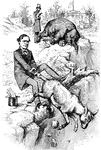
1880 Presidential Elections
The 1880 Presidential Elections with the Democratic Donkey being pulled back from the brink.
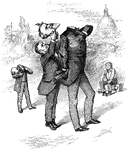
Conkling and Platt Lost Their Heads
Roscoe Conkling and Thomas Platt lost their heads as Grant tries to put their heads back on.

Stag Attired
"Argent, a stag lodged, proper, attired, or. ATTIRED. When the horns of a stag are of a different tincture…
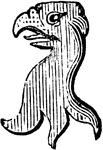
Eagle Beaked
"An eagle's head erased, beaked, or. BEAKED. The beak of a bird being of a different tint from the body…
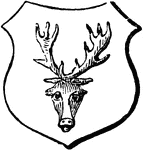
Stag Caboshed
"Argent, a stag's head caboshed, proper. CABOCHED or CABOSHED. Beasts' heads borne without any part…

Chaplet
"Argent, a chaplet proper. CHAPLET. An ancient ornament for the head, granted to gallant knights for…
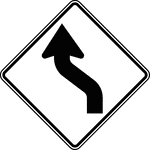
Reverse Curve, Black and White
The horizontal alignment Reverse Curve signs may be used in advance of situations where the horizontal…

Reverse Curve, Color
The horizontal alignment Reverse Curve signs may be used in advance of situations where the horizontal…

Reverse Curve, Outline
The horizontal alignment Reverse Curve signs may be used in advance of situations where the horizontal…

Reverse Curve, Silhouette
The horizontal alignment Reverse Curve signs may be used in advance of situations where the horizontal…
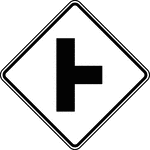
Side Road, Black and White
A Side Road symbol sign may be used in advance of an intersection to indicate the presence of an intersection…
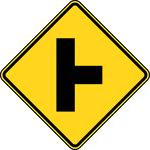
Side Road, Color
A Side Road symbol sign may be used in advance of an intersection to indicate the presence of an intersection…
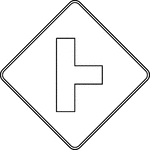
Side Road, Outline
A Side Road symbol sign may be used in advance of an intersection to indicate the presence of an intersection…

Side Road, Silhouette
A Side Road symbol sign may be used in advance of an intersection to indicate the presence of an intersection…

Side Road, Black and White
A Side Road symbol sign may be used in advance of an intersection to indicate the presence of an intersection…
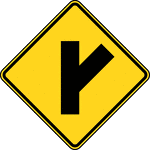
Side Road, Color
A Side Road symbol sign may be used in advance of an intersection to indicate the presence of an intersection…

Side Road, Outline
A Side Road symbol sign may be used in advance of an intersection to indicate the presence of an intersection…

Side Road, Silhouette
A Side Road symbol sign may be used in advance of an intersection to indicate the presence of an intersection…
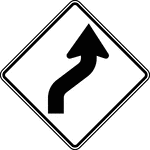
Reverse Curve, Black and White
The horizontal alignment Reverse Curve signs may be used in advance of situations where the horizontal…
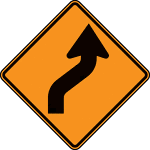
Reverse Curve, Color
The horizontal alignment Reverse Curve signs may be used in advance of situations where the horizontal…
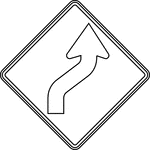
Reverse Curve, Outline
The horizontal alignment Reverse Curve signs may be used in advance of situations where the horizontal…
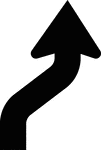
Reverse Curve, Silhouette
The horizontal alignment Reverse Curve signs may be used in advance of situations where the horizontal…

Double Reverse Curve, Black and White
The horizontal alignment Reverse Curve signs may be used in advance of situations where the horizontal…
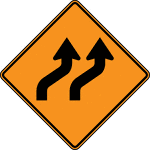
Double Reverse Curve, Color
The horizontal alignment Reverse Curve signs may be used in advance of situations where the horizontal…
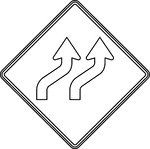
Double Reverse Curve, Outline
The horizontal alignment Reverse Curve signs may be used in advance of situations where the horizontal…

Double Reverse Curve, Silhouette
The horizontal alignment Reverse Curve signs may be used in advance of situations where the horizontal…
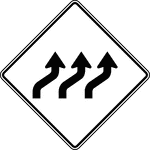
Triple Reverse Curve, Black and White
The horizontal alignment Reverse Curve signs may be used in advance of situations where the horizontal…
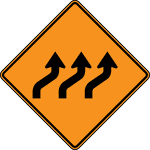
Triple Reverse Curve, Color
The horizontal alignment Reverse Curve signs may be used in advance of situations where the horizontal…
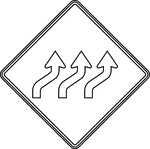
Triple Reverse Curve, Outline
The horizontal alignment Reverse Curve signs may be used in advance of situations where the horizontal…

Triple Reverse Curve, Silhouette
The horizontal alignment Reverse Curve signs may be used in advance of situations where the horizontal…
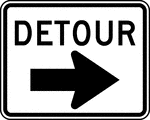
Detour, Black and White
Each detour shall be adequately marked with standard temporary route signs and destination signs. Detour…

Detour, Color
Each detour shall be adequately marked with standard temporary route signs and destination signs. Detour…

Detour, Outline
Each detour shall be adequately marked with standard temporary route signs and destination signs. Detour…
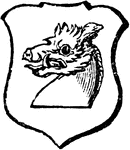
Boar Couped
"Argent, a boar's head proper couped. COUPED. The head or limbs of any animal cut close is called couped."…

Paradoxides Harlani
Paradoxides was a genus of relatively large trilobites, extinct marine arthropods, that form the class…
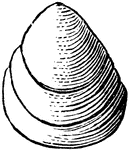
Lingula Prima
The Lingula prima is a little bivalve shell belonging at the bottom of the class Brachiopoda. The inarticulate…
